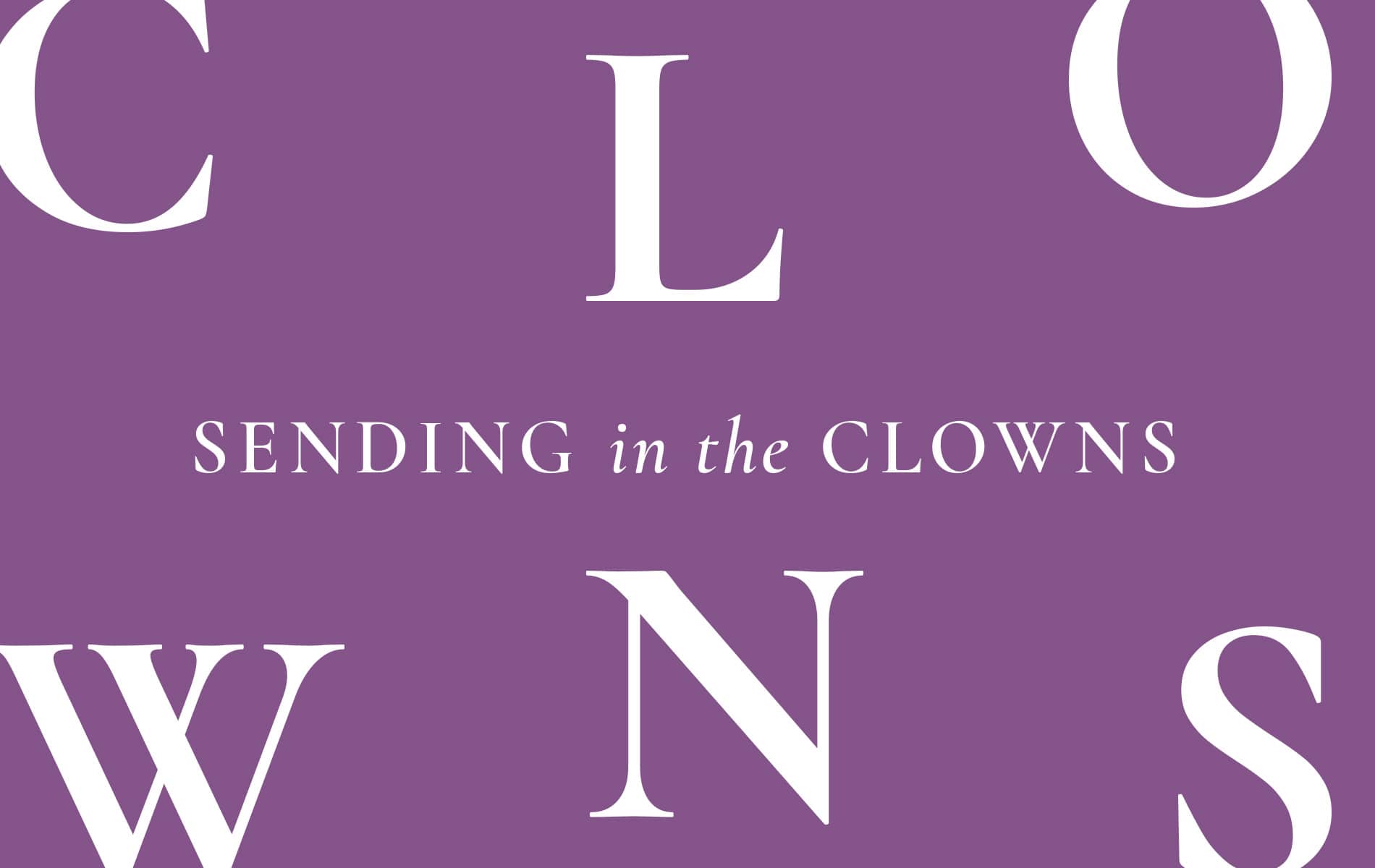
vie-magazine-nick-racheotes-hero-min
Sending in the Clowns
By Nicholas S. Racheotes
There is a well-worn tradition in drama, literature, and the throne rooms of history. When matters become too burdensome, comic relief is the prescribed therapy. Given the pervasive sentiment that “the sky is falling,” we are living amid a comedic boom. The difference between what we’re enjoying and the cultural tradition lies in the nature of our contemporary punditry.
Shakespeare gave us the Fool in King Lear, Nick Bottom in A Midsummer Night’s Dream, and most famously, Hamlet’s description of Yorick, “a fellow of infinite jest, of most excellent fancy … Where be your gibes now? Your gambols? Your songs? Your flashes of merriment that were wont to set the table on a roar? Not one now, to mock your own grinning?” (He is talking to a skull, after all.) Our jesters have exchanged the coxcomb for the cape of the wise man, allowing them to represent their targets as fools and clowns.
Cervantes gave us Sancho; Dickens provided Mr. Pickwick with Sam Weller; the list could prove nearly endless. There were numerous dwarfs and pranksters in the palaces of Europe. Russia’s Peter the Great presided over an assemblage of jesters and fools, often mocking the ceremonies of the church. Imagine, for a moment, what reward would await the Russian court fool who portrayed the czar in phrases we regularly apply to our political leadership? The important thing always was that behind the mask of mental weakness, jesters got to speak “the truth to power.”
During the toughest times in America, Abraham Lincoln was able to escape from the gore that marked his presidency into a story, often a ribald one. Will Rogers made the nation laugh during the Great Depression era, and jokesters both white and black guided us through the struggle for civil rights in the 1950s and ’60s.
The odd thing about the jesters of today is that they are well paid, mostly well protected, and appear on your television screen after 11:30 p.m. Eastern time, or so it seems.
The clown can mimic, pour sarcasm over an event, imitate a human foible, make up a song, pull out a rhyme, and bandage pain with laughter. The odd thing about the jesters of today is that they are well paid, mostly well protected, and appear on your television screen after 11:30 p.m. Eastern time, or so it seems. Actually, you don’t have to wait that long. The best lines come crackling across social media all day, every day, at nearly the speed of light. They peek at you from bumper stickers and leer from your Facebook account.
But don’t be deceived. When it comes to ridiculing the politician who would deify himself or herself, bringing down the athlete or movie star who has gotten too big for their audience if not too big for their stock portfolio, or sticking a pin to deflate anyone too full of himself, we have all developed the knack. So, in the end, when the call goes out to offer the consolations of humor, Stephen Sondheim provided the words: “Quick, send in the clowns.
“Don’t bother—they’re here.”
— V —
Nick Racheotes is a product of Boston public schools, Brandeis University, and Boston College, from which he holds a PhD in history. Since he retired from teaching at Framingham State University, Nick and his wife, Pat, divide their time between Boston, Cape Cod, and the Western world.
Share This Story!
KEEP UP WITH THE LATEST STORIES FROM VIE















































































































































